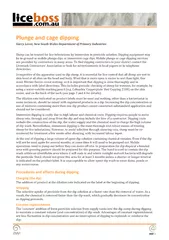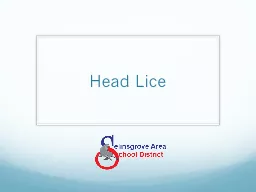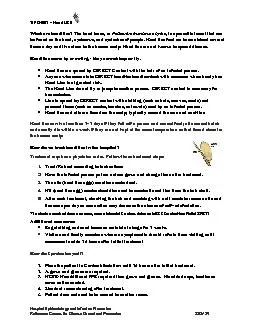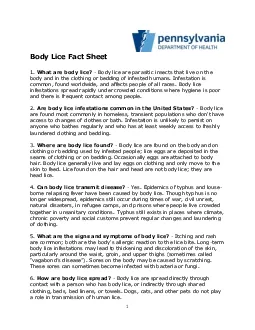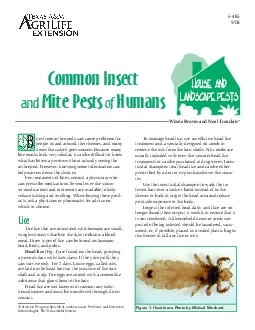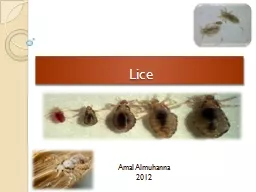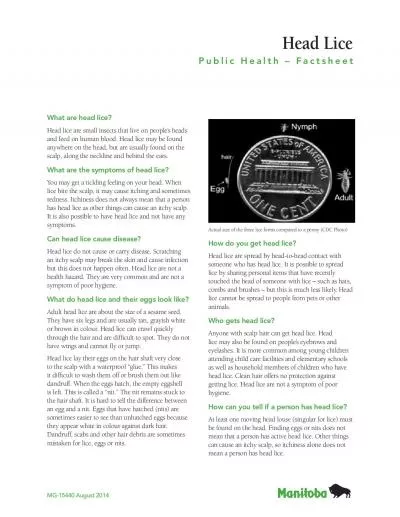PDF-Plunge and cage dipping Sheep can be treated for lice
Author : danika-pritchard | Published Date : 2015-05-30
Dipping equipment may be in ground or mobile plunge dips or immersion cage dips Mobile plunge or cage dipping services are provided by contractors in many areas
Presentation Embed Code
Download Presentation
Download Presentation The PPT/PDF document "Plunge and cage dipping Sheep can be tre..." is the property of its rightful owner. Permission is granted to download and print the materials on this website for personal, non-commercial use only, and to display it on your personal computer provided you do not modify the materials and that you retain all copyright notices contained in the materials. By downloading content from our website, you accept the terms of this agreement.
Plunge and cage dipping Sheep can be treated for lice: Transcript
Download Rules Of Document
"Plunge and cage dipping Sheep can be treated for lice"The content belongs to its owner. You may download and print it for personal use, without modification, and keep all copyright notices. By downloading, you agree to these terms.
Related Documents

